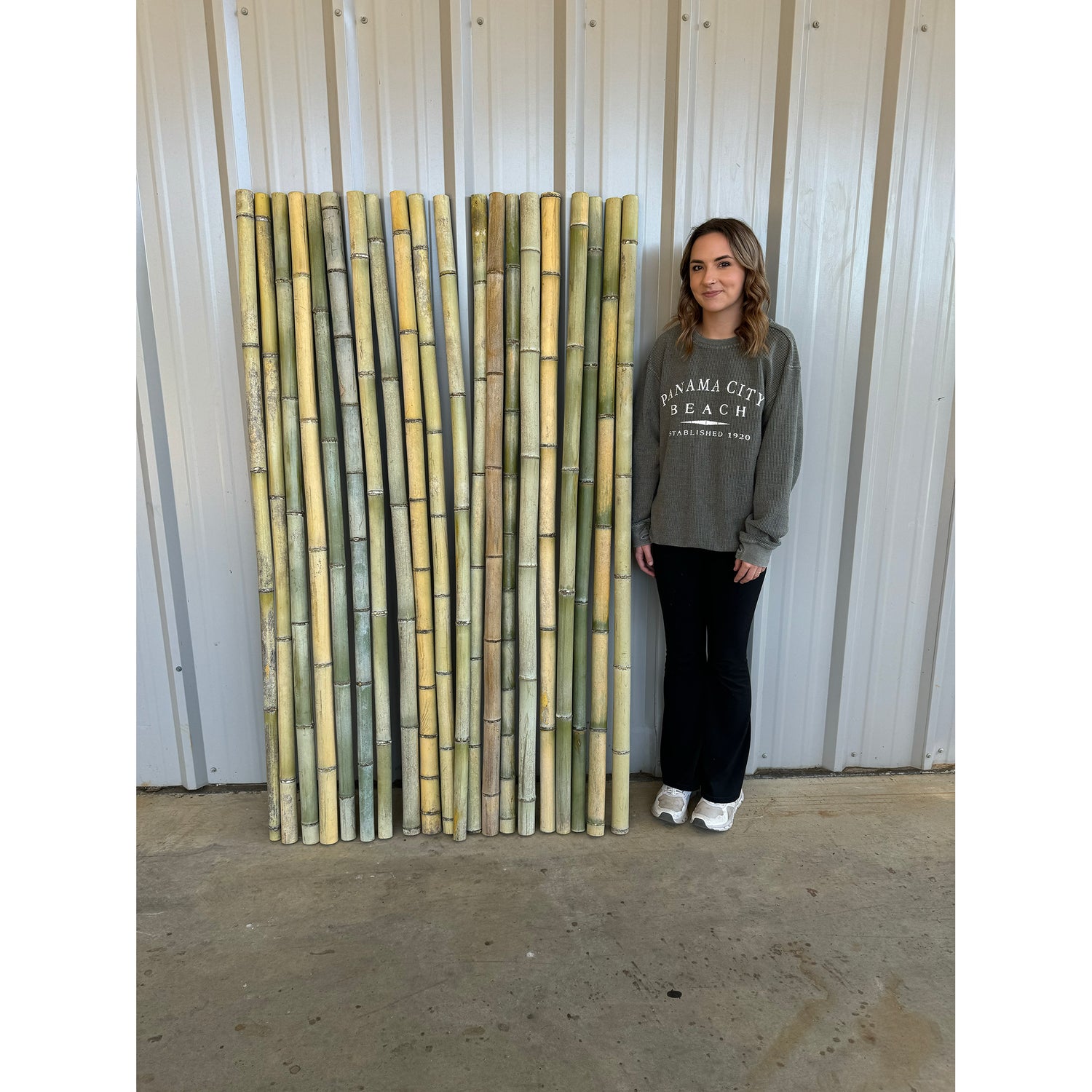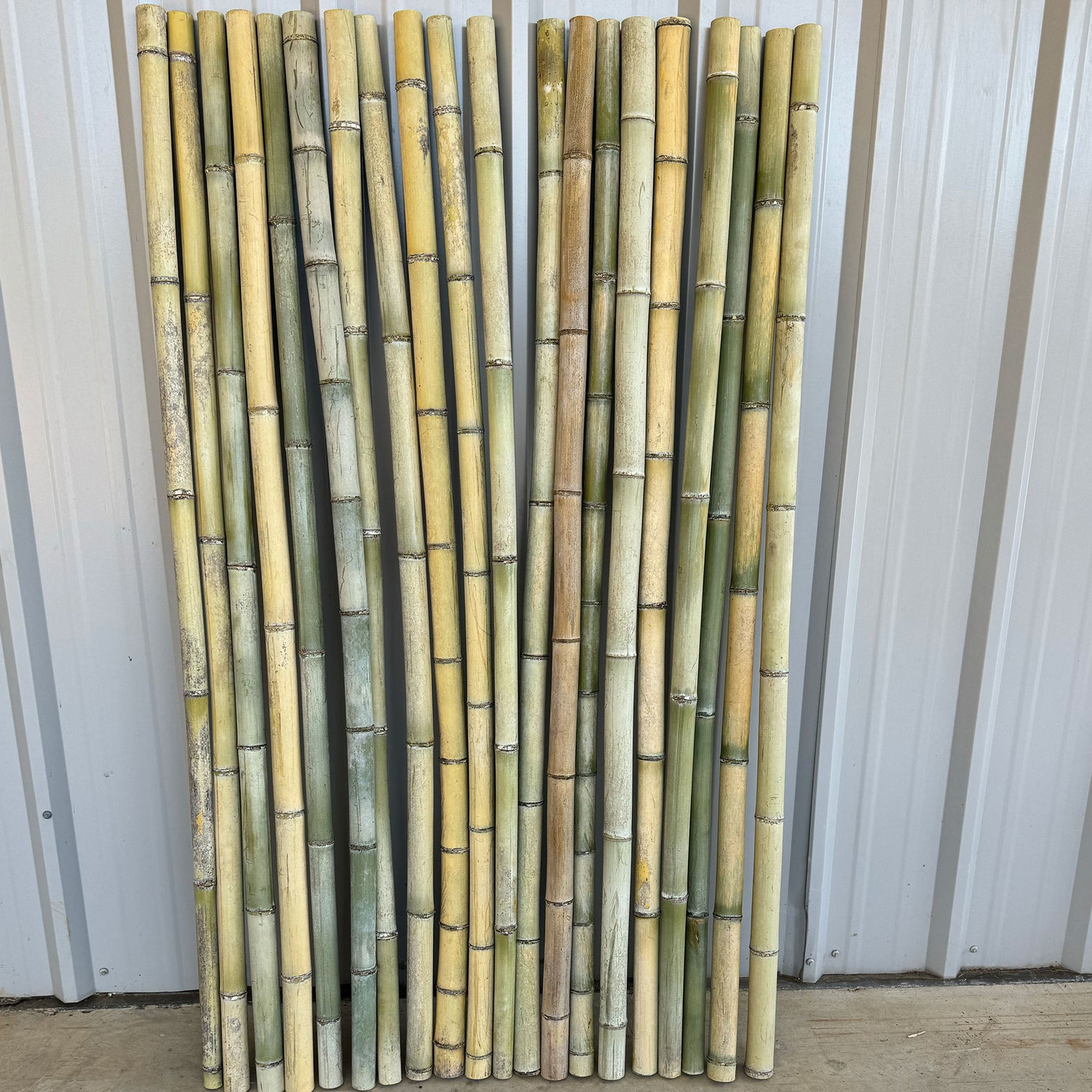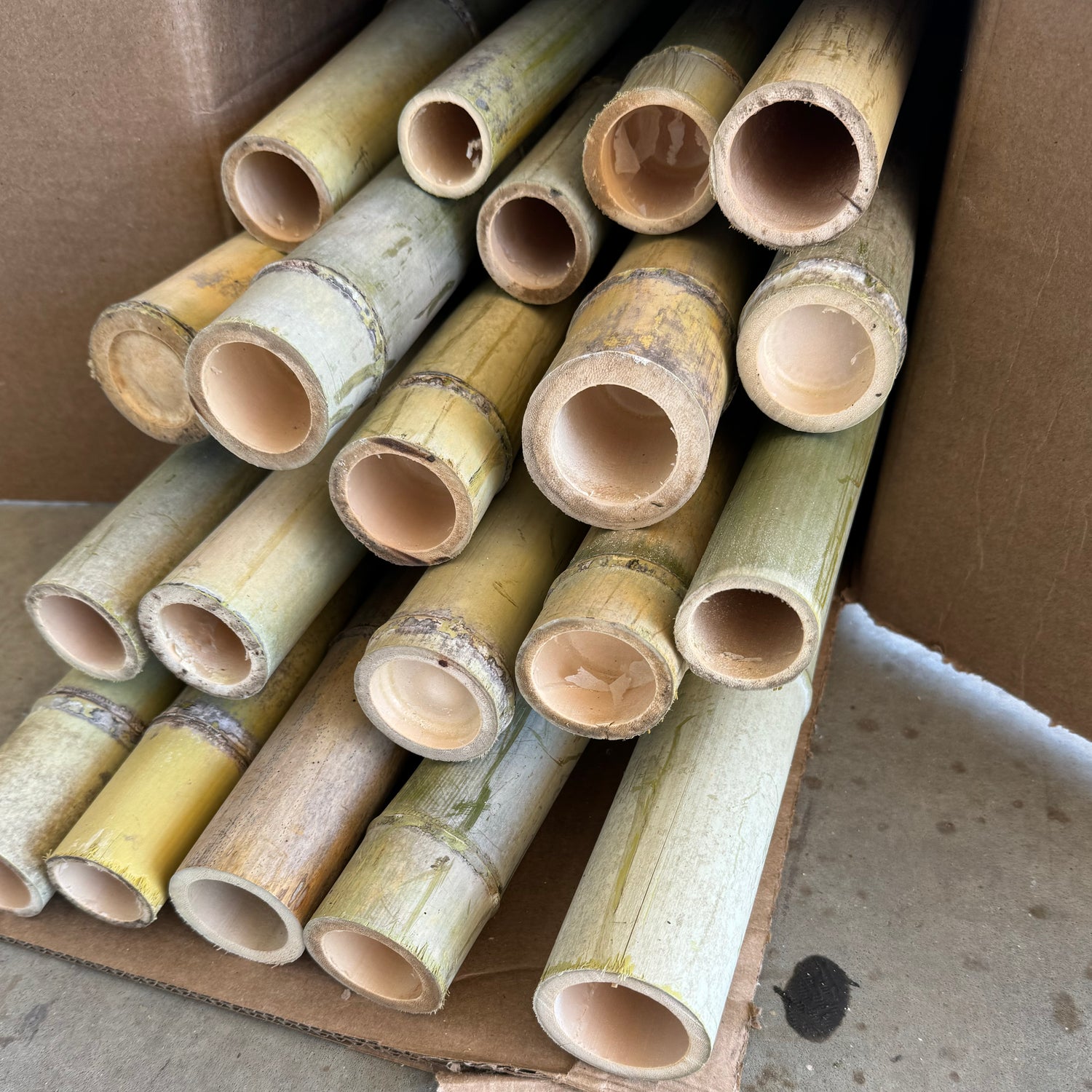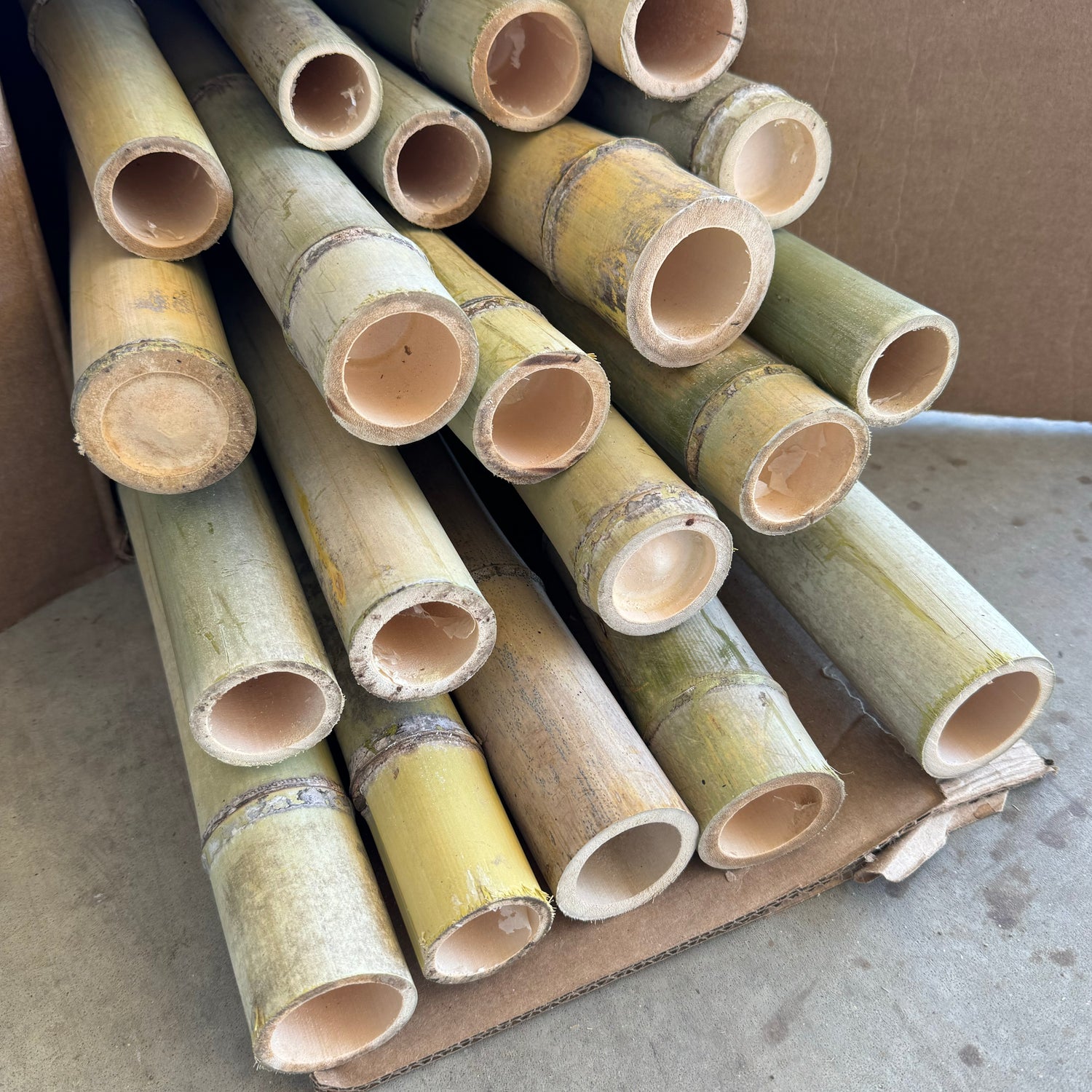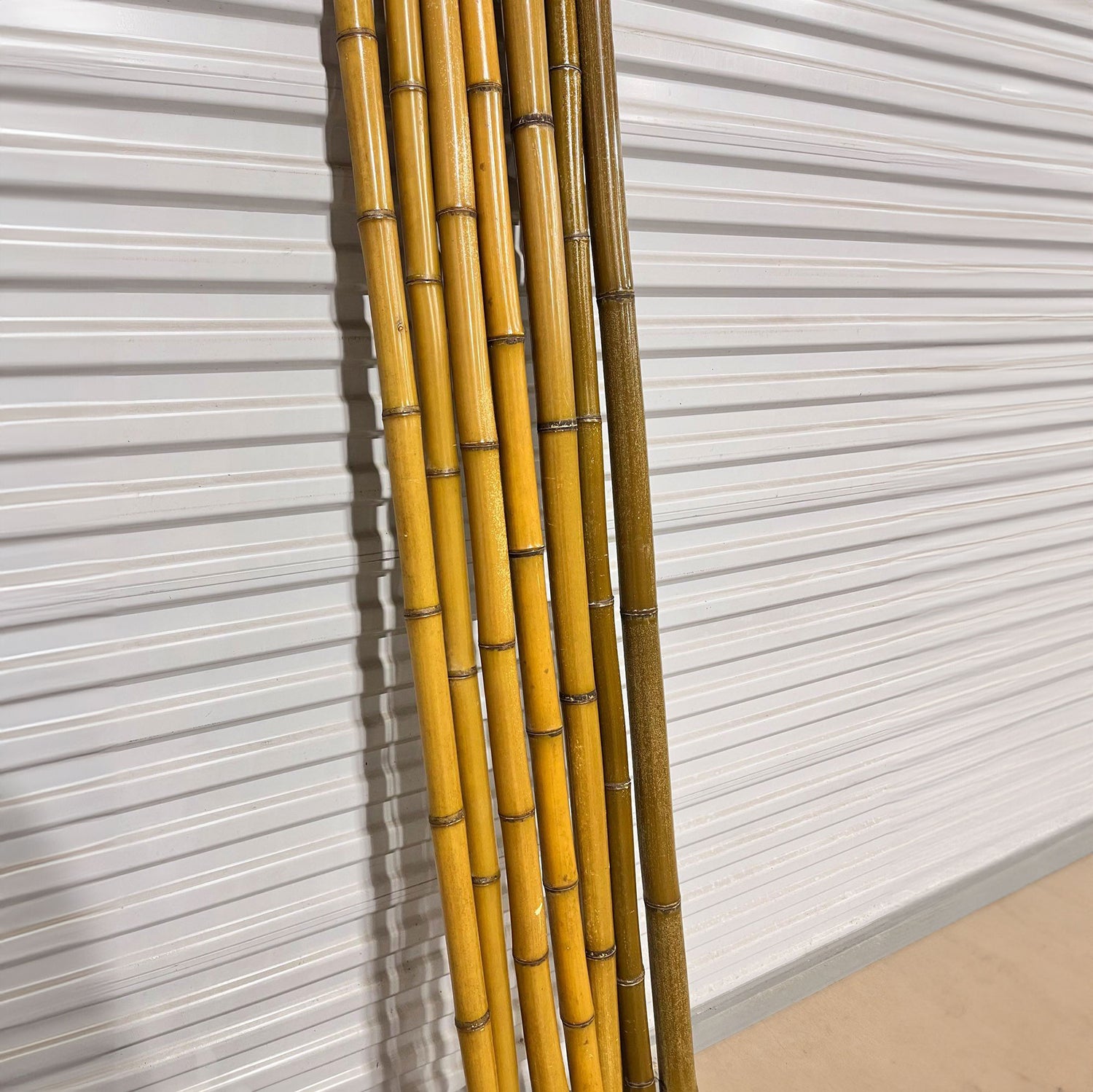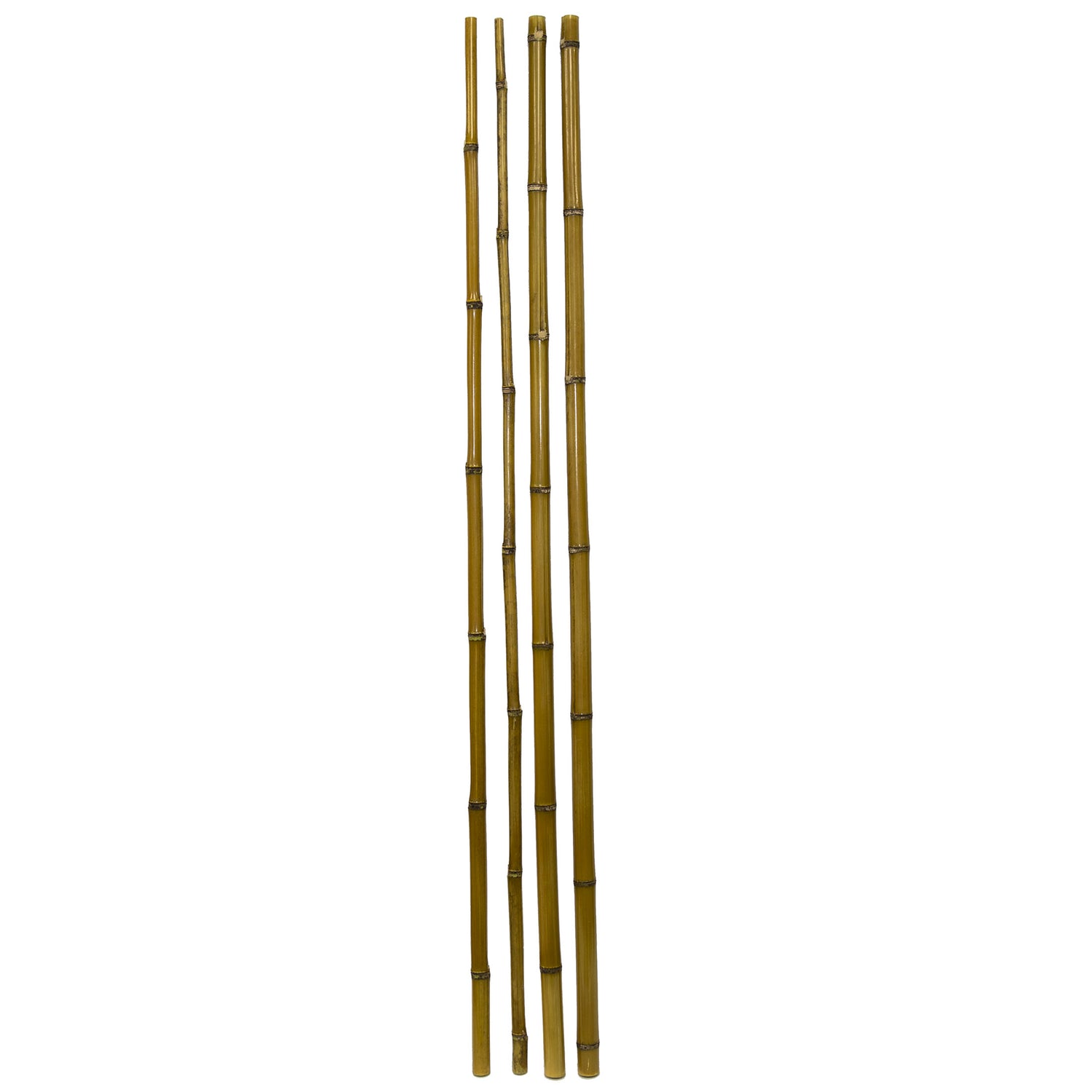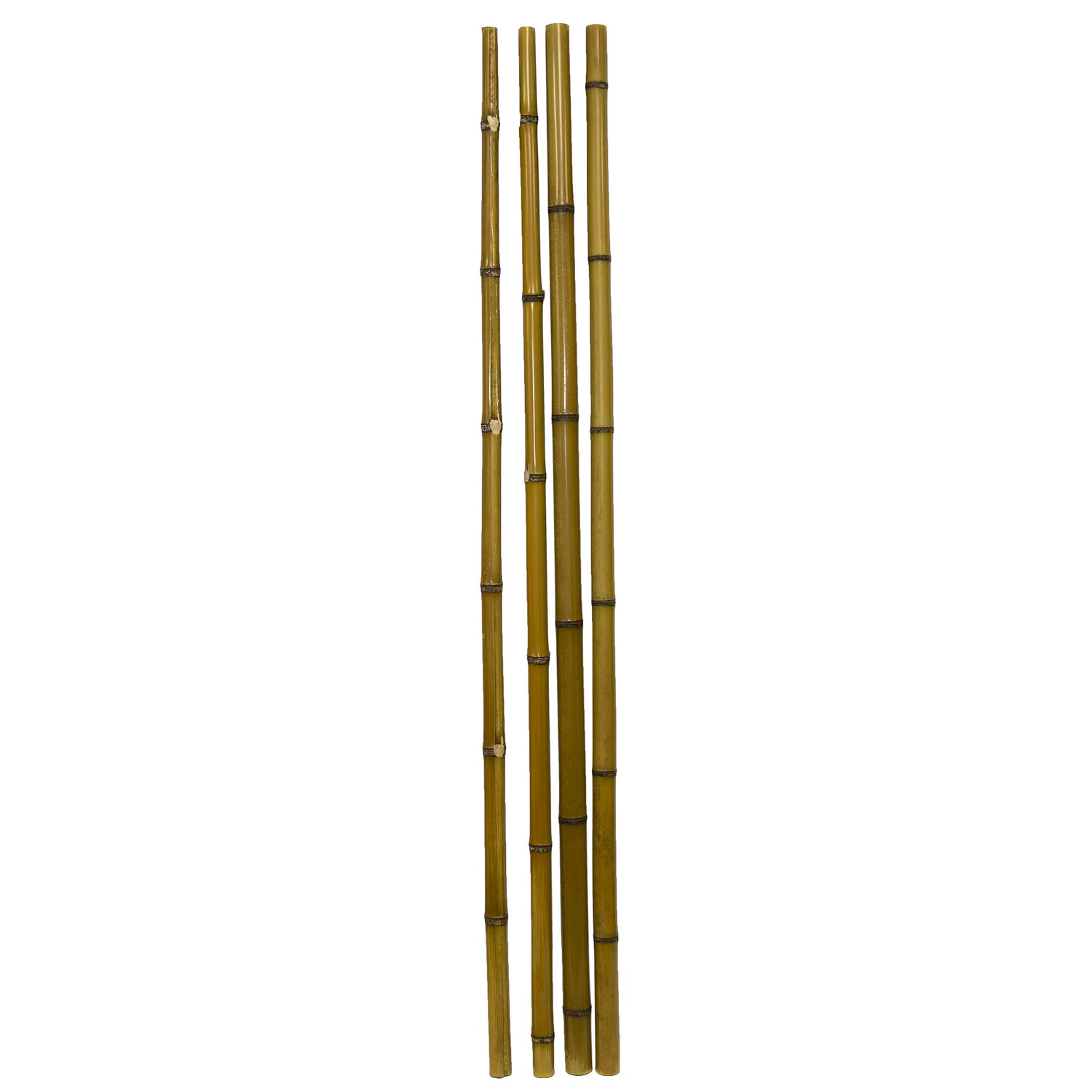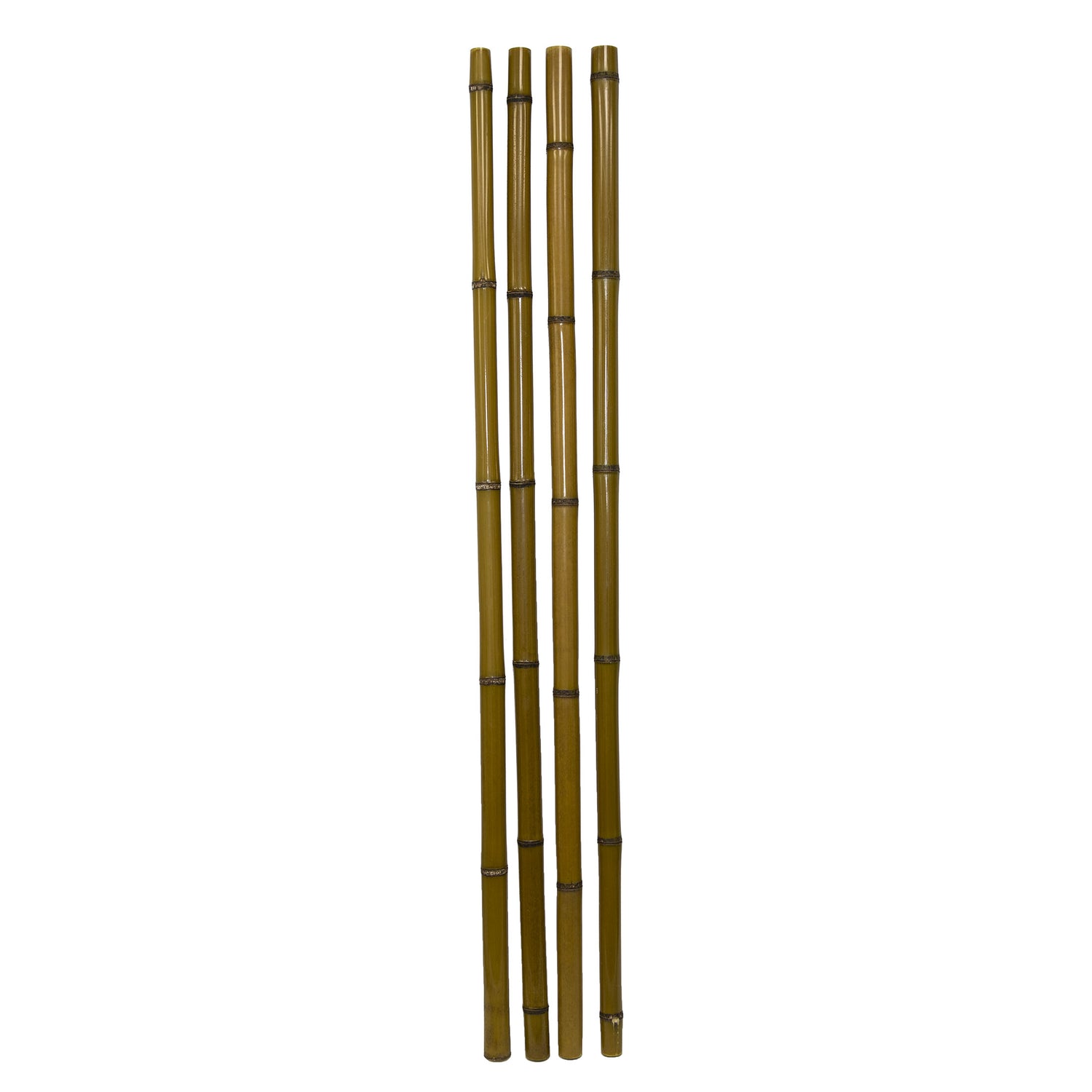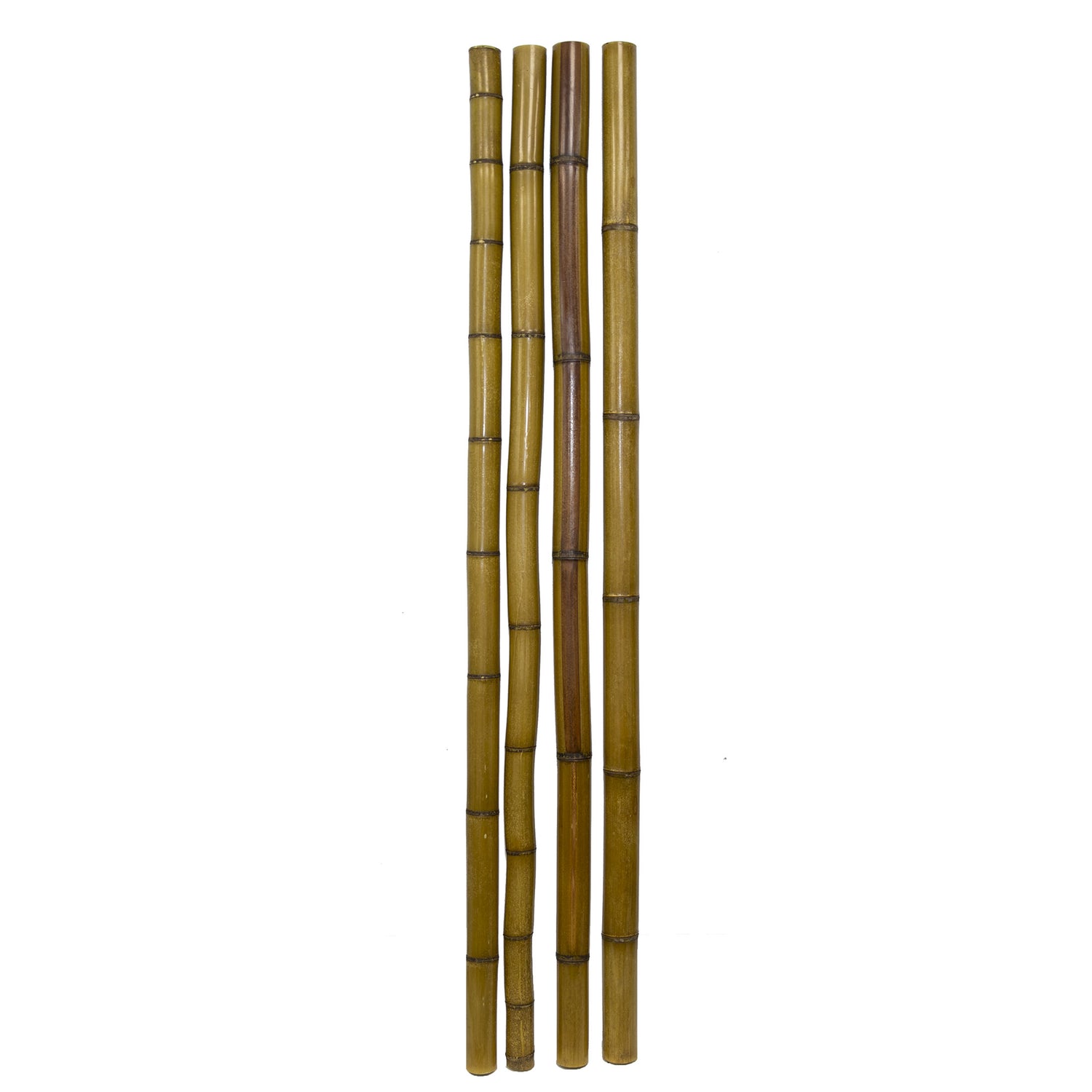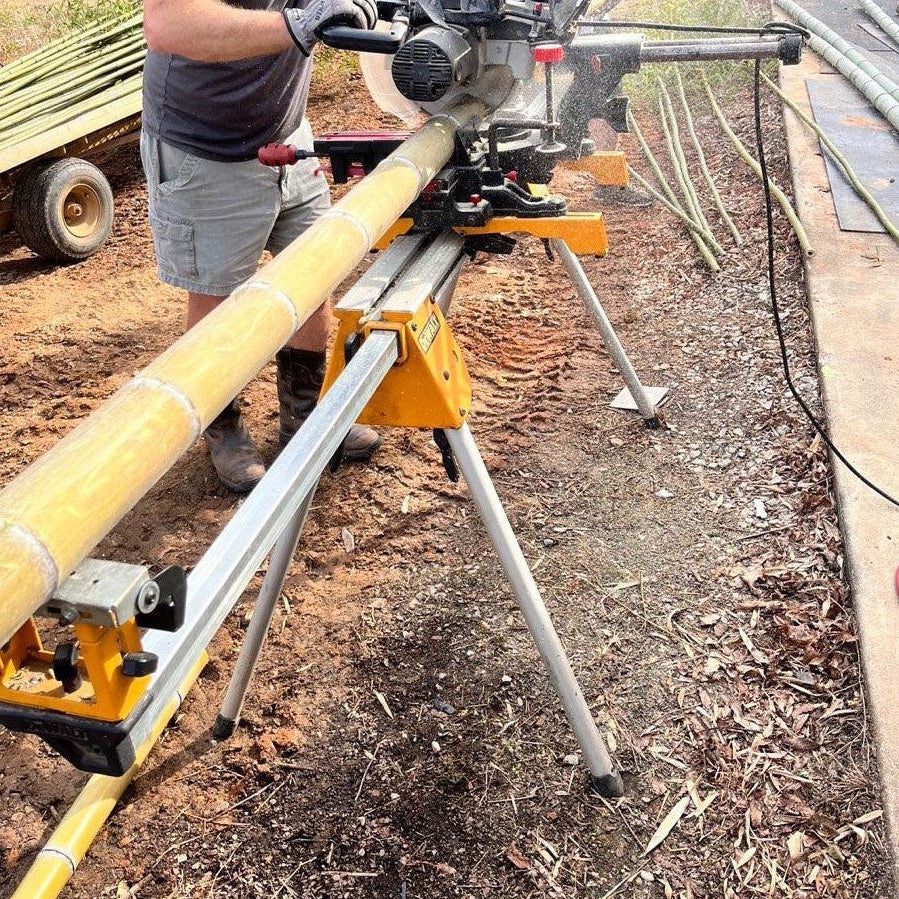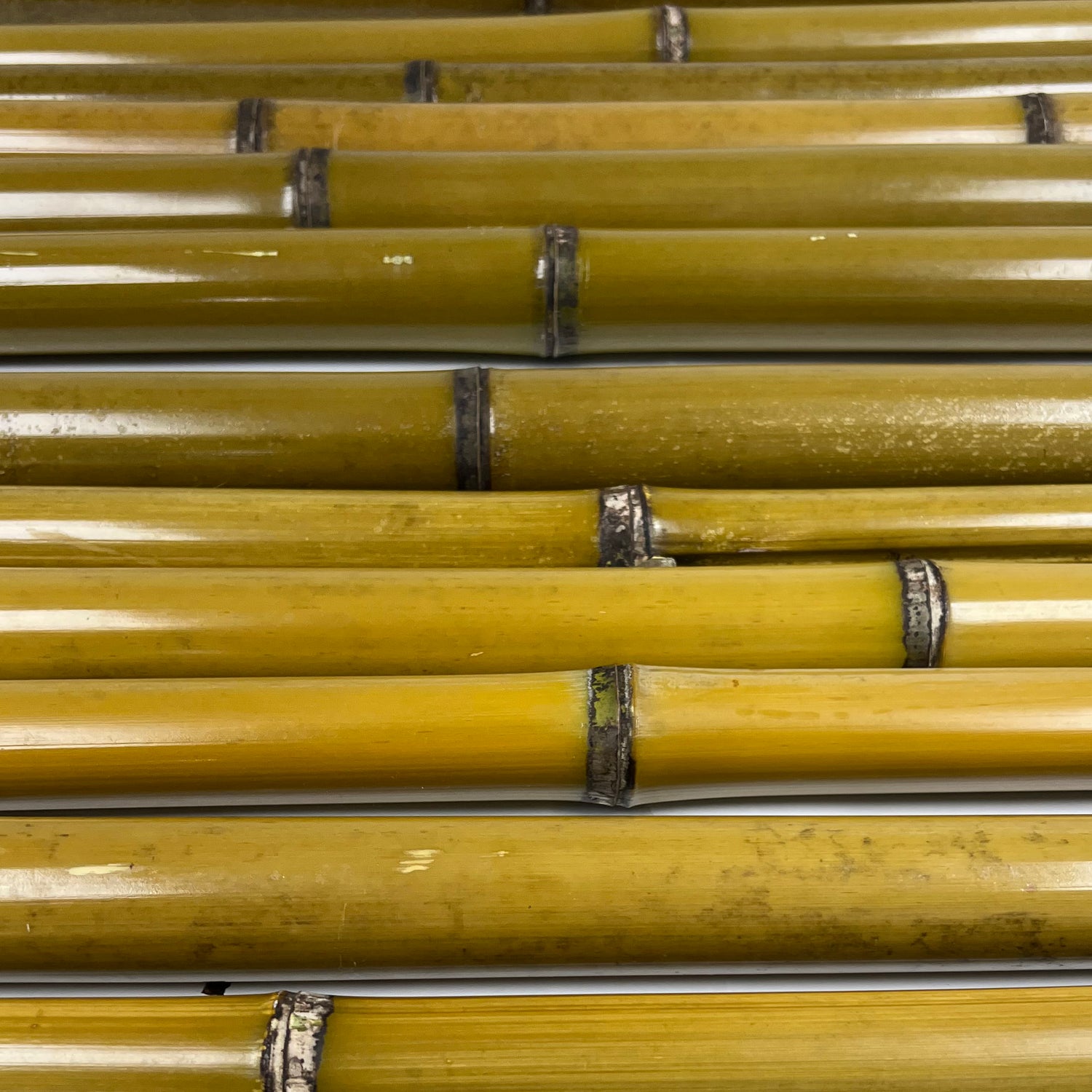Lewis Bamboo
Bamboo Poles
- Made in the USA. -Grown, Certified and Harvested in Alabama
- Eco-Friendly Choice: Sustainably sourced, bamboo canes are a green alternative, promoting environmental responsibility.
- Durable & Versatile: Perfect for decor, gardening, and crafts, our bamboo canes boast longevity and adaptability to various uses.
Couldn't load pickup availability
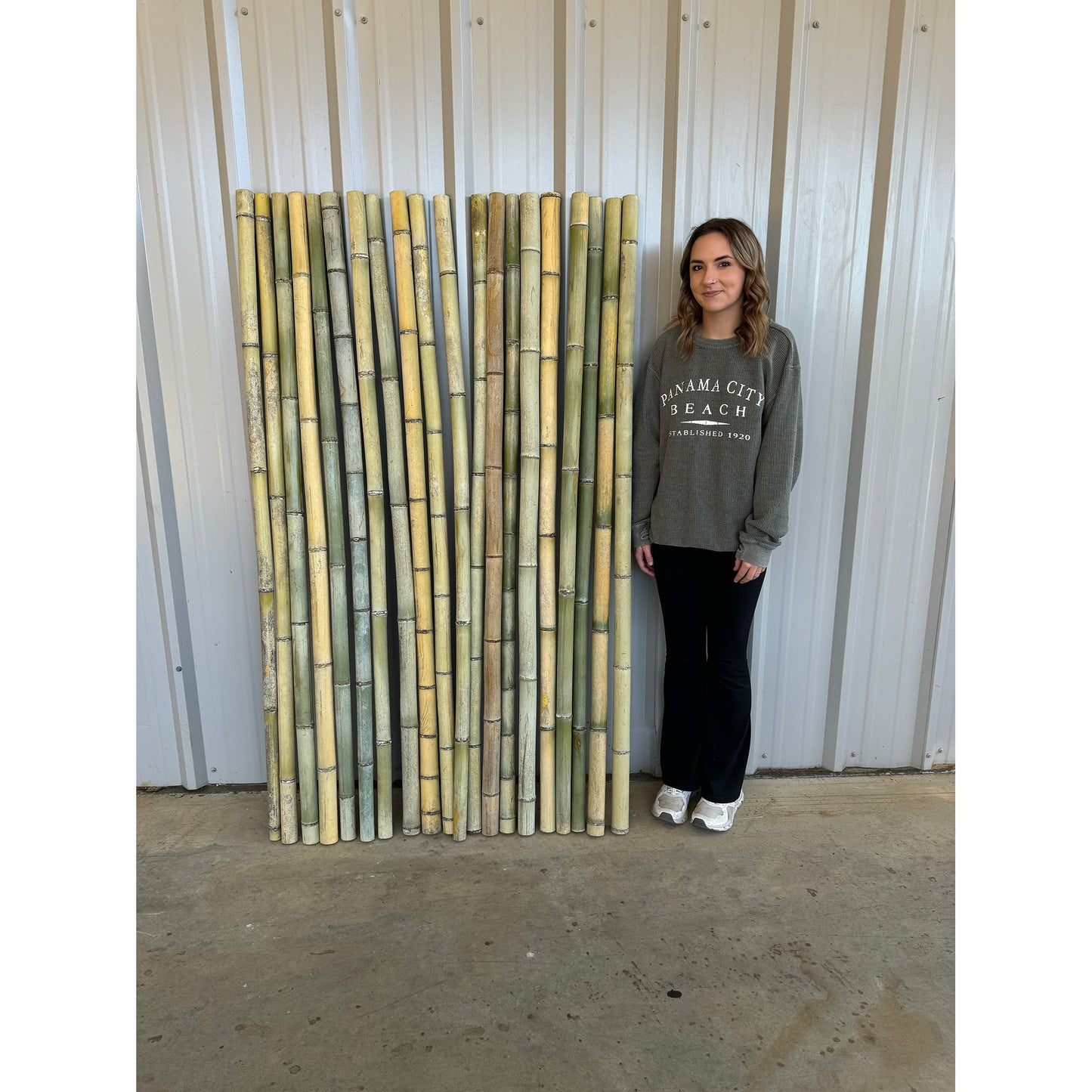
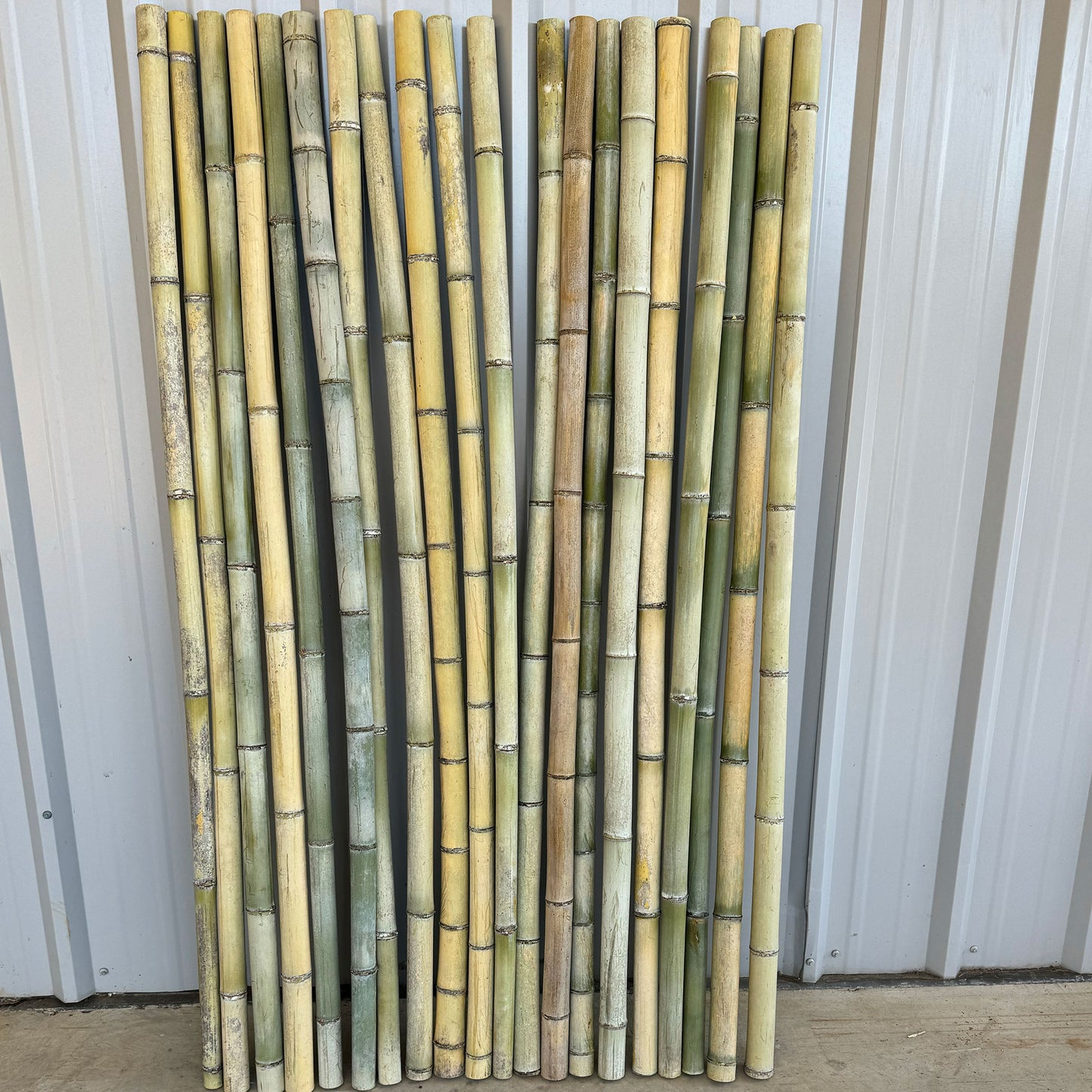
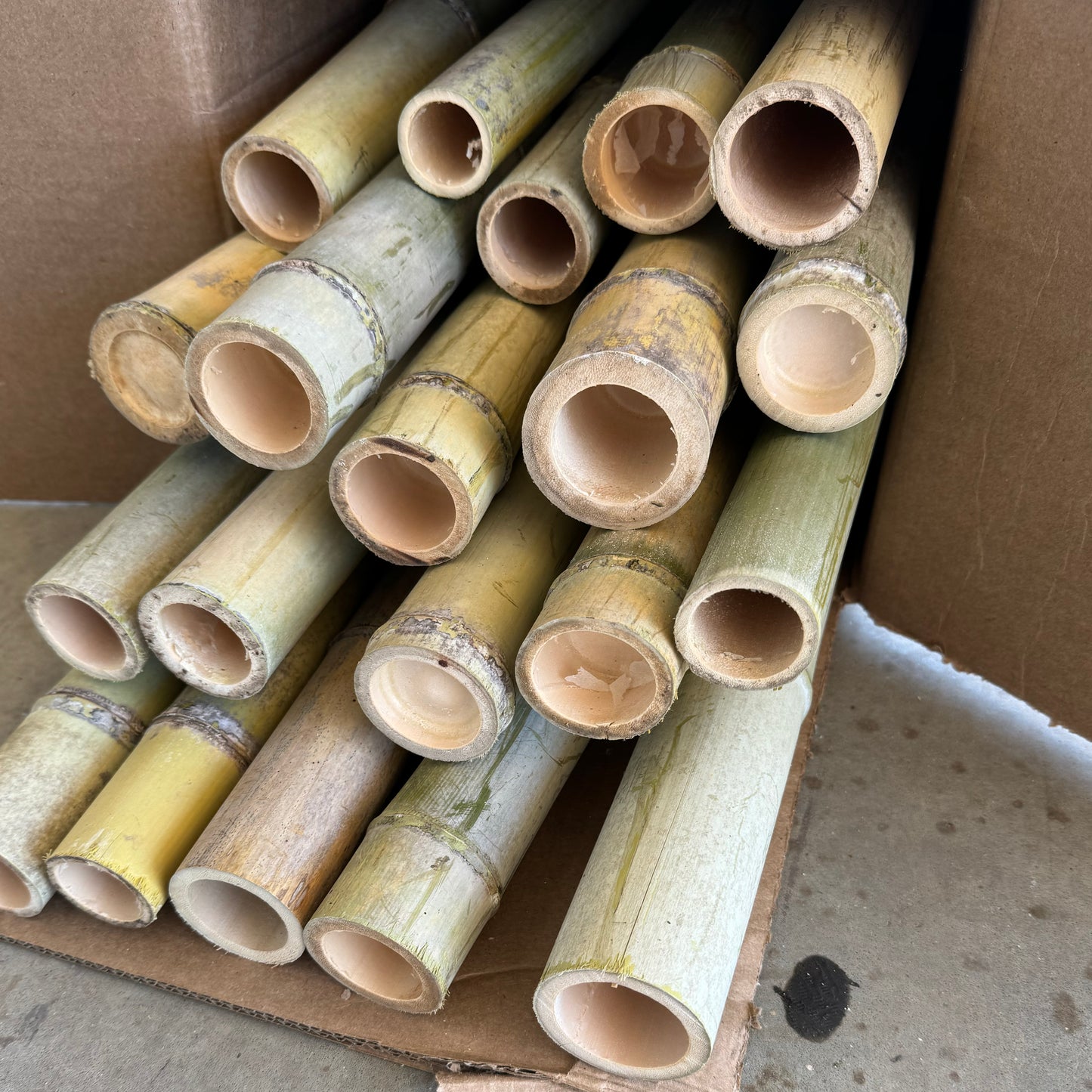
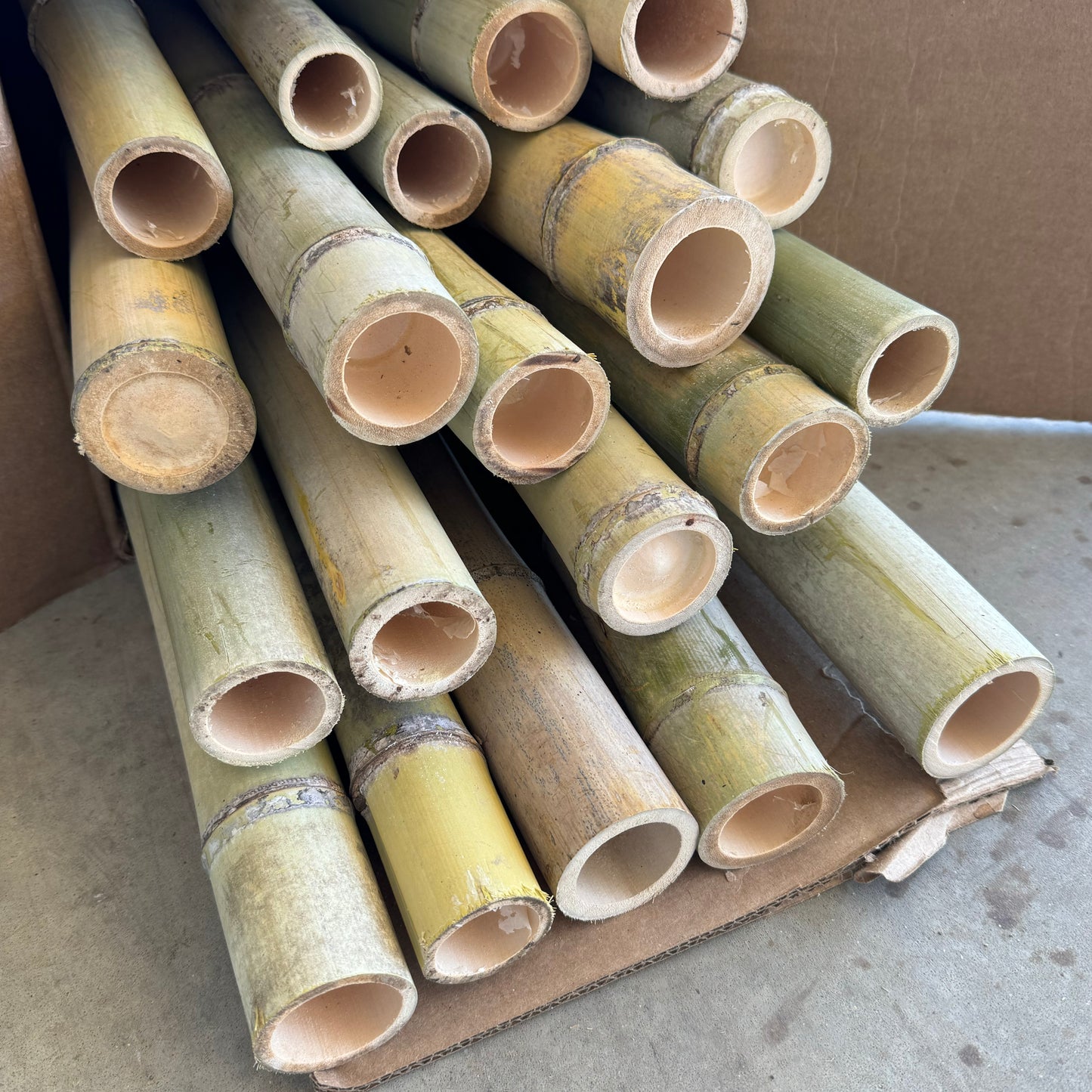
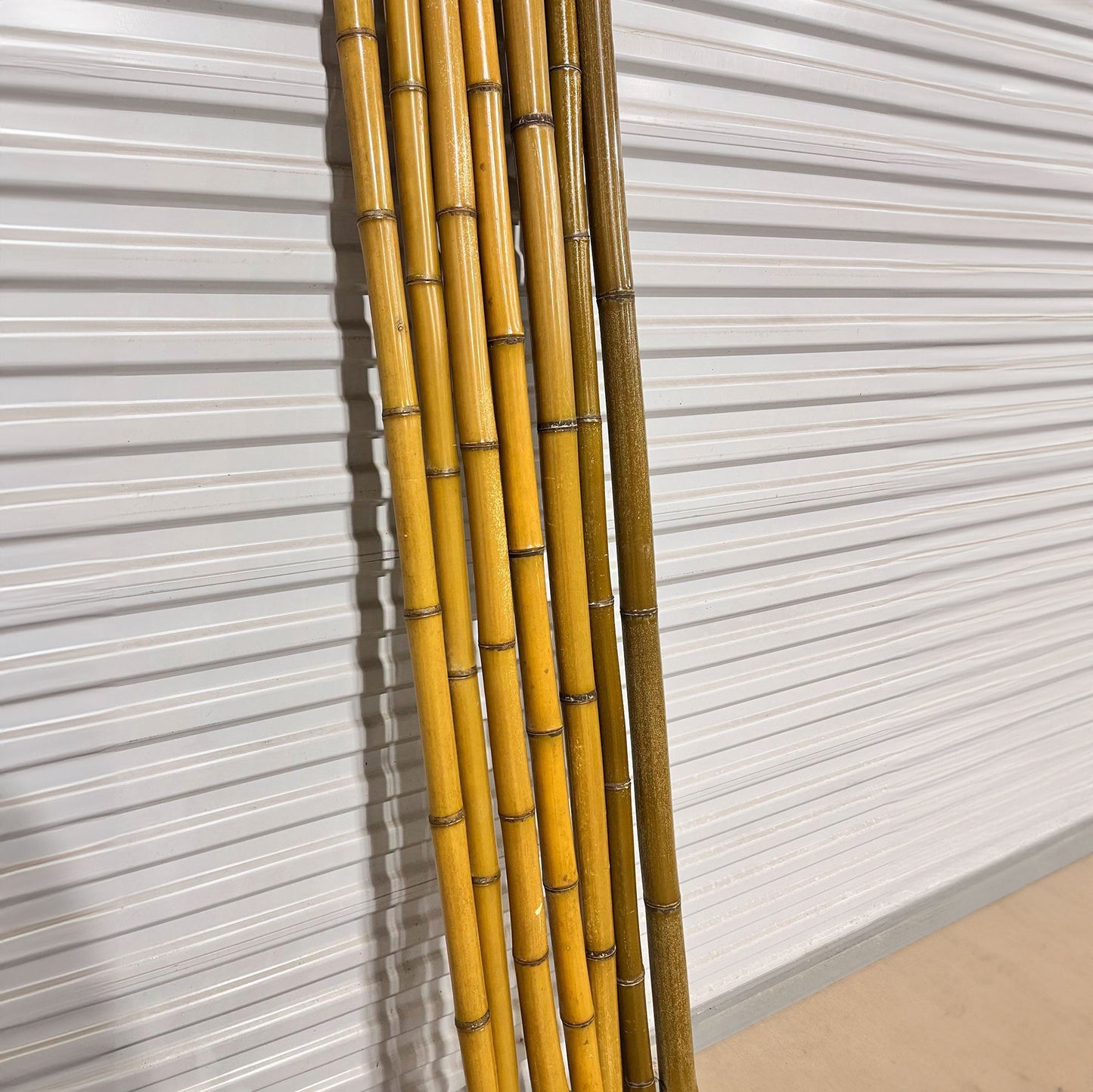

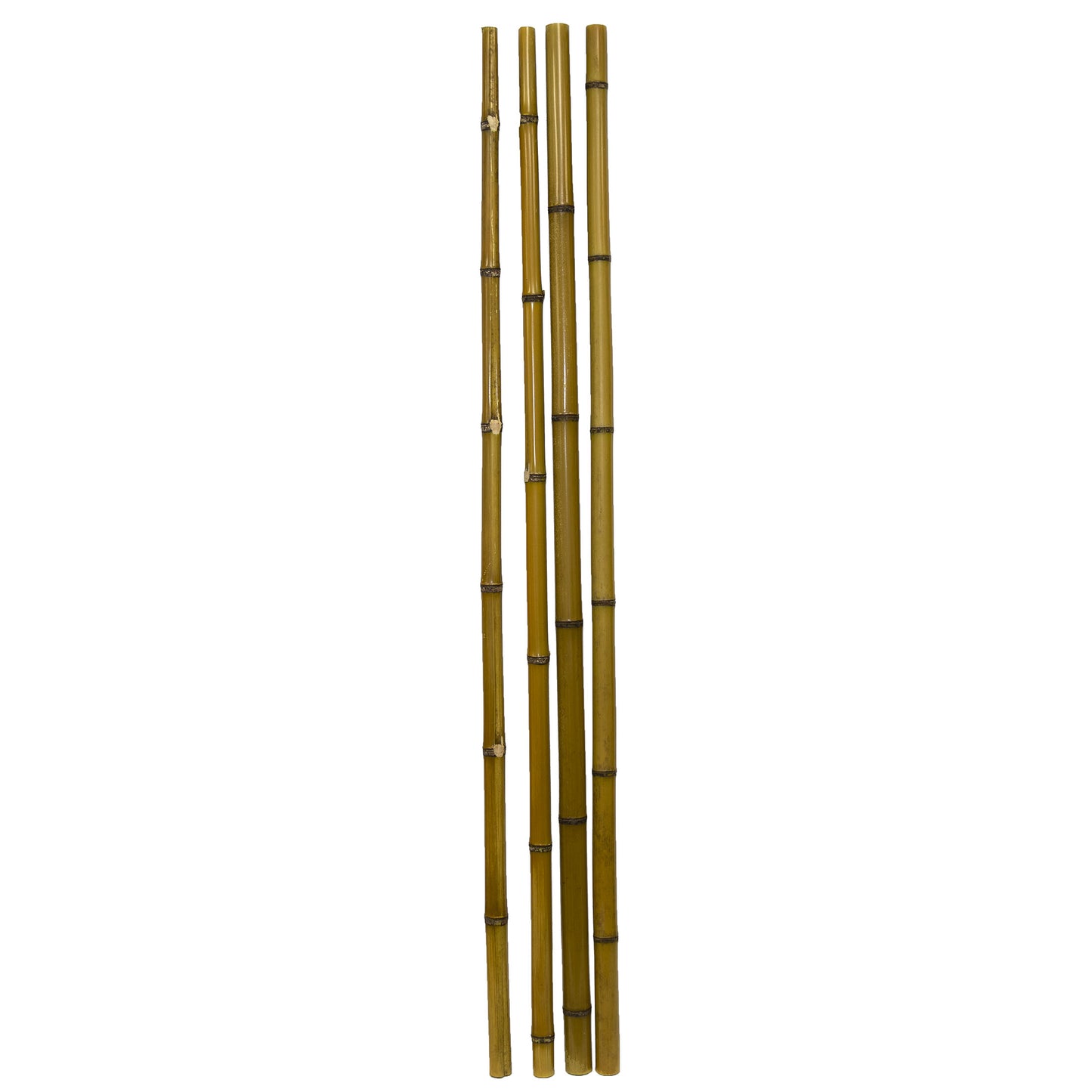
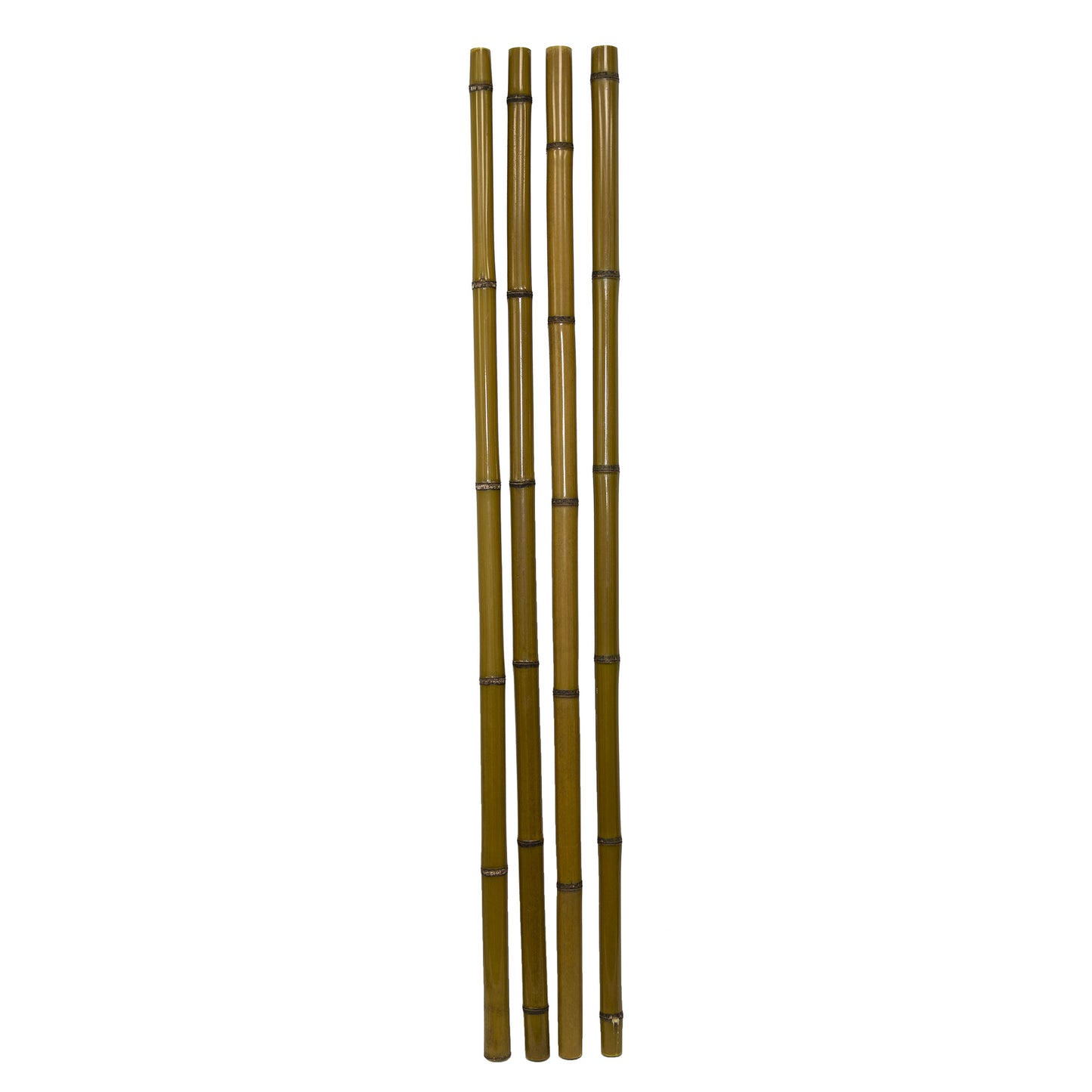
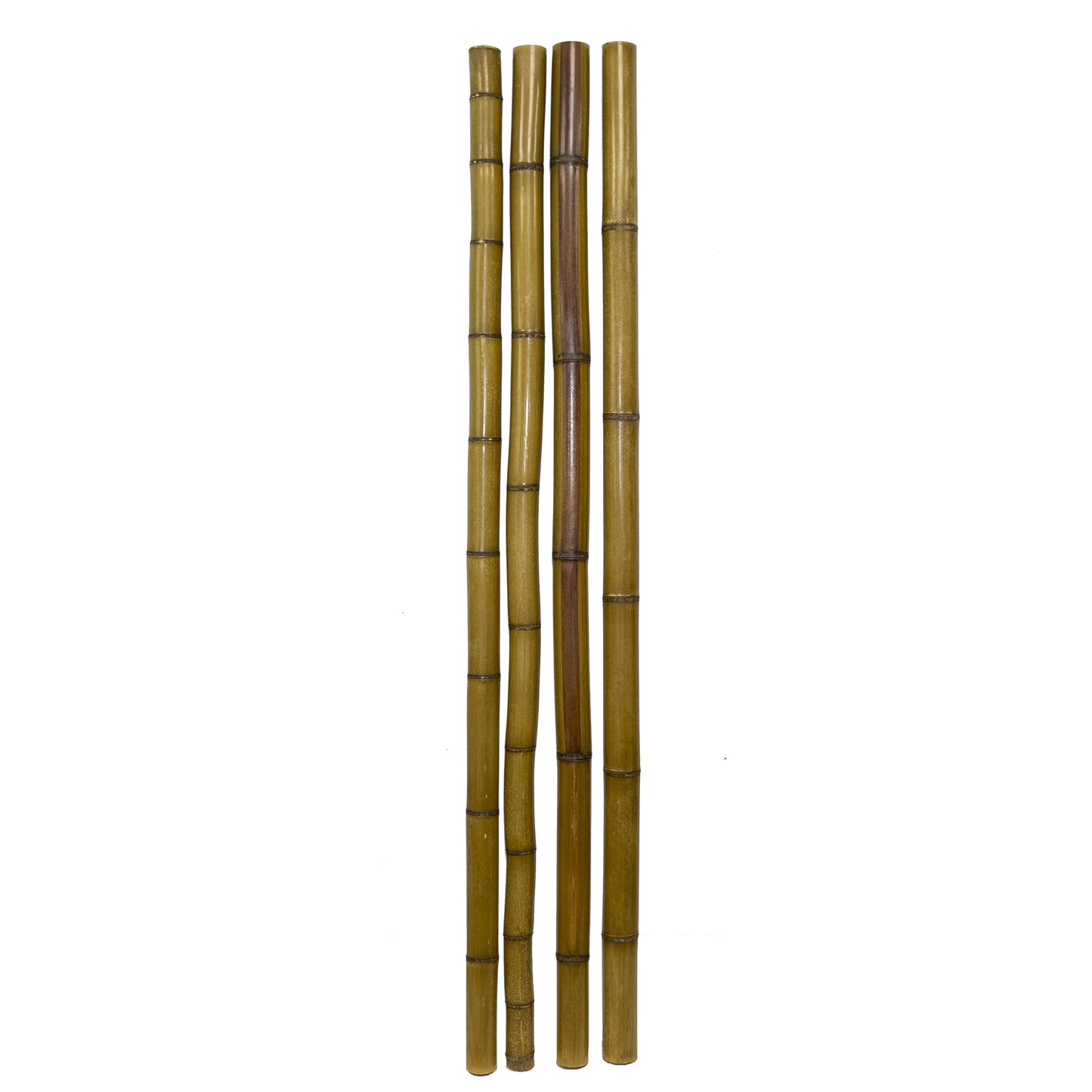

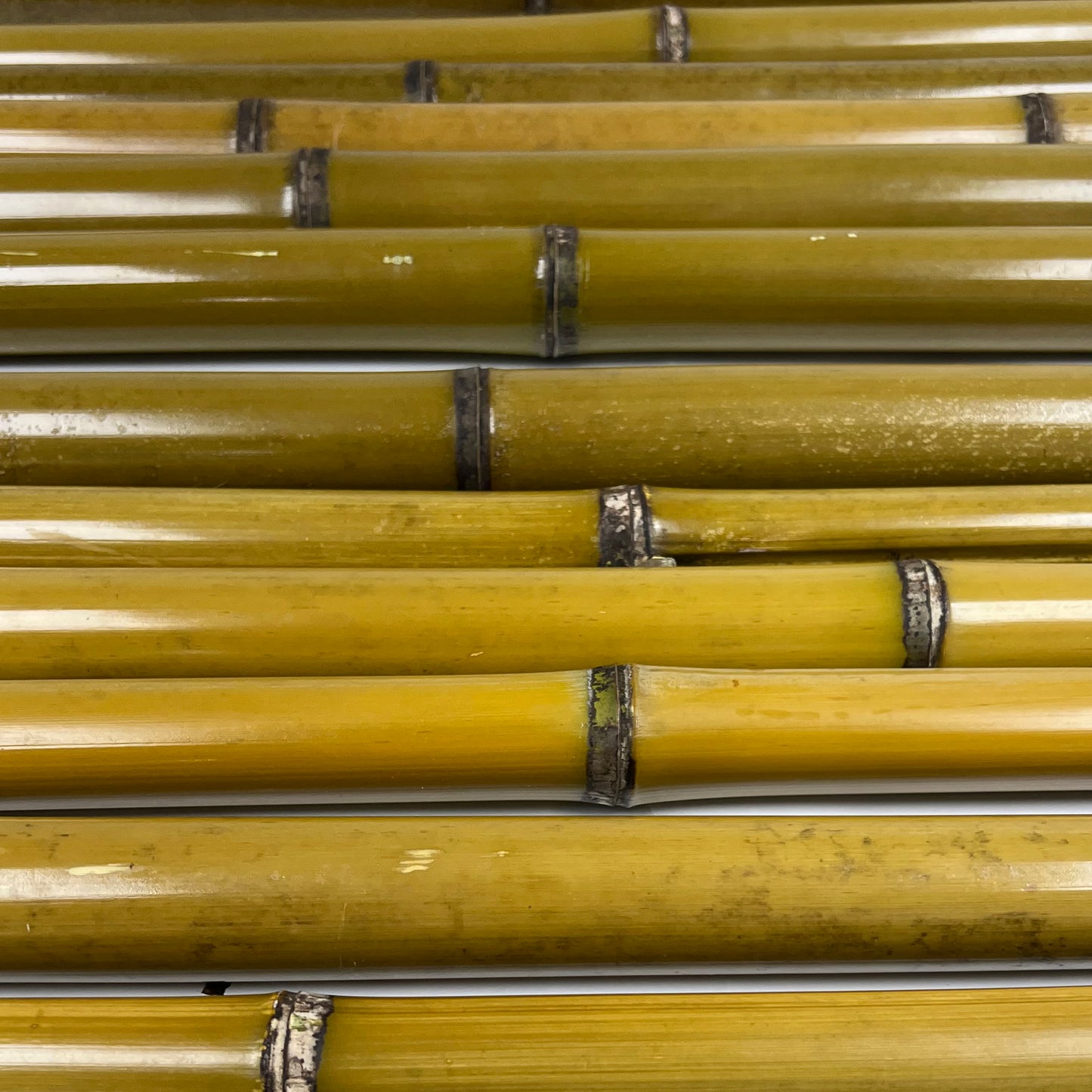
Welcome to Lewis Bamboo, your premier destination for high-quality U.S. grown bamboo canes. Rooted in sustainability and elegance, our collection celebrates bamboo's timeless beauty, strength, and versatility. Whether you're an enthusiastic gardener seeking sturdy stakes, an interior designer yearning for a touch of organic aesthetic, or simply someone with an appreciation for eco-friendly products, our diverse range caters to all your needs.
Why Choose Our Bamboo Canes?
-
Sustainability First: Bamboo is a rapidly renewable resource, making it a champion of eco-conscious choices.
-
Quality Assured: Every cane undergoes a rigorous selection process, ensuring durability, uniformity, and aesthetic appeal.
-
Diverse Range: From slender, flexible canes to thick, robust poles, our assortment is designed to suit diverse applications and appearances.
-
Natural Beauty: Imbue your spaces with the earthy charm and warmth of bamboo, a material revered for centuries across cultures.
Application Ideas:
- Decor Elements: An elegant addition to your interiors or patio spaces.
- Crafts: Ideal for DIY enthusiasts with myriad crafting possibilities.
- Walking Canes: Melding function and style in every step.
Discover the natural beauty of this plant and let nature weave its charm into your life. At Lewis Bamboo, we're not just selling canes; we're offering a sustainable lifestyle choice. Join us in celebrating the synergy of nature and craftsmanship.
Maximizing Your Bamboo Purchase
To help you get the most out of this versatile material, here are some insights into the art of bamboo:
- Curing Your Bamboo: Enhancing the durability and appearance of your bamboo starts with curing. This process removes excess moisture, giving your bamboo enhanced resistance against pests and wear.
- A popular method is the "fire curing" technique, where bamboo is gently heated over an open flame. This not only extracts moisture but also caramelizes the sugars within, gifting your bamboo a warm, toasted hue.
- Curing bamboo with a borax solution is a popular method to enhance its durability and resistance to pests. Borax, a natural fungicide, and insecticide, is mixed with water to create a solution in which bamboo is submerged for several days. After soaking, the bamboo is dried in a shaded area and rinsed to remove residue.
- Mastering the Bend: Once cured, your bamboo can be shaped. By applying controlled heat, bamboo becomes malleable. When it's soft enough, you can bend and shape it as desired. Remember to hold the bamboo in its new shape until it cools down, ensuring it retains this new form.
- Bamboo Joinery: Bamboo can be connected using various joinery techniques, from simple lashing with ropes or cords to more complex methods like dowel joints and mortise and tenon joints. Proper joinery ensures stability in bamboo structures.
- Bamboo Laminates: Thin layers of bamboo can be pressed and glued together to form laminates. These laminated bamboo sheets are robust, durable, and can be used in place of traditional wood for various applications, including flooring, countertops, and furniture.
- Bamboo Weaving: Strips of bamboo can be intricately woven to produce baskets, mats, hats, and even walls for housing. This traditional craft technique capitalizes on bamboo's flexibility.
- Bamboo Charcoal: Heating bamboo in the absence of air produces bamboo charcoal. This charcoal has multiple uses including water filtration, as a deodorizer, and even in health and wellness products.
- Bamboo Paper-making: Bamboo fibers can be processed to make paper. This technique offers an eco-friendly alternative to traditional wood-pulp paper.
- Bamboo Splitting: To make narrower strips for weaving or crafting, bamboo can be split manually using knives or mechanically using splitters. Properly split bamboo provides uniform materials for various products.
- Bamboo Engravings: Bamboo surfaces can be engraved with designs, patterns, or writings using laser or manual carving tools, making it popular for decorative items or gifts.
- Bamboo Musical Instruments: Bamboo's hollow structure and sound properties have led to its use in various musical instruments like flutes, xylophones, and angklungs.
When working with bamboo, fire, borax, and other related materials, it's essential to exercise caution to ensure safety and prevent potential hazards.
Bamboo Pole Characteristics and Considerations:
- Bamboo typically requires up to 2 years for natural drying.
- The color of bamboo undergoes changes during the drying phase.
- While bamboo might develop seasonal splits during drying, we ensure that no pole with significant cracks is dispatched. Our priority is to provide poles devoid of any cracks at the point of shipment.
- Exposure to external elements can cause bamboo cut poles to deteriorate.
- When subjected to heat, bamboo is malleable and can be shaped. Upon cooling, it maintains its new form.
- Bamboo is user-friendly, allowing for splitting using rudimentary tools.
- Poles shipped may not be entirely dry; the moisture content varies based on the season of procurement.
- Bamboo poles exhibit a tapering nature; therefore, diameters at each end differ.
- The diameter is typically gauged at the larger end. The average taper ranges between 5-10%, contingent upon the cane's size and species.
- Due to the drying process, there might be a variation in the pole lengths, usually within a 2% range.

